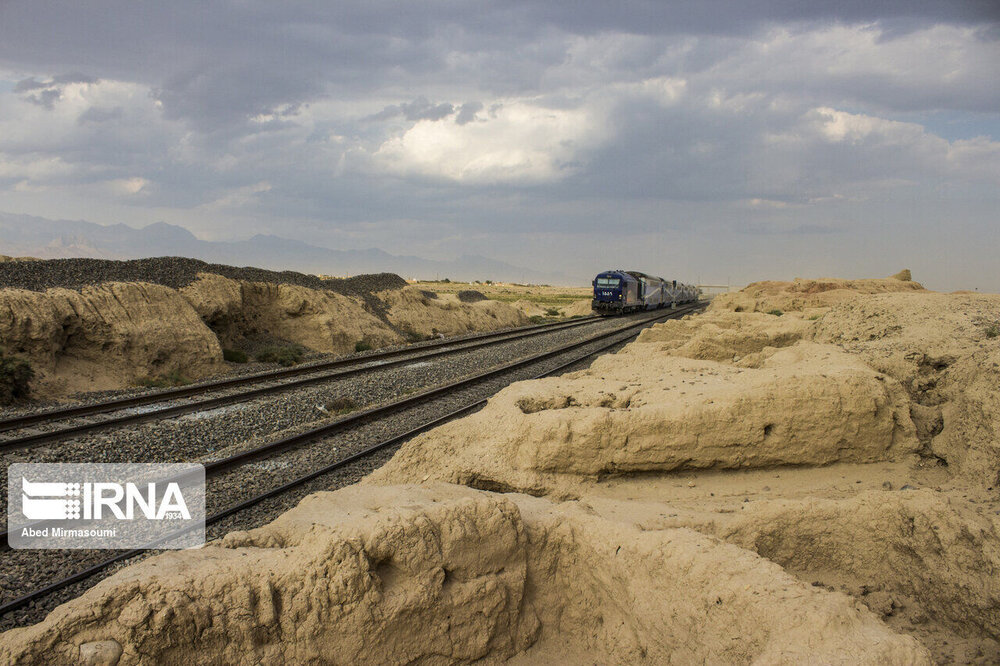Railway construction puts 7,000-year-old hill at risk: MP

TEHRAN – Damghan’s Tepe Hesar, a 7,000-year-old archaeological hill in northcentral Iran, is on the verge of destruction due to the passage of the railway through it, an Iranian parliamentarian has said.
One of the oldest civilizations of Iran, Tepe Hesar, exhibits urbanization, but the railway runs through the heart of this complex, Ali Akbar Alizadeh, who represents Damghan city in Majlis, said on Tuesday, IRNA reported.
Plans have been made for the relocation of the railway, but a final decision and a decisive order from the President is needed, he said.
Among the main demands of the people of Damghan and all history lovers is the preservation of this ancient hill, and it is hoped that the government will prevent further destruction of this valuable historical complex as soon as possible, the MP added.
Situated on the southern outskirts of Damghan, Tepe Hesar is one of the world’s five archaeological hills of the Iron Age, and the hill is also considered as of the oldest prehistorical sites in the Iranian plateau.
Identified in 1880, Tepe Hesar was excavated in 1925 and 1931-1932 when the construction of the Trans-Iranian Railway cuts through the main mound. It was one of the first Chalcolithic and Bronze Age excavations in this area, and the stratigraphy has been very important to date similar sites. In 1976, research was briefly resumed and radiocarbon measures were taken.
The oldest layer, Hesar I, belongs to the Copper Age (Chalcolithicum; after 3800 BC); it is about as old as Susa and resembles Sialk III, by which it appears to have been influenced, according to livius.org, a website on ancient history written and maintained since 1996 by the Dutch historian Jona Lendering.
Hesar II, which starts in about 3600 BC, is marked by the appearance of burnished grey pottery and the first objects made of bronze. Among the finds are long-shaped bottles. The next phase, Hesar III, began in about 2800 BC and saw nice metal work and grey pottery similar to Turan Tepe, which is on the other side of the Alborz mountain range. Some three centuries later, when Hesar IIIb ended, a part of the town was violently destroyed. The ruin that is now known as the "Burnt Building", situated in the western part of the hill, is the most recognizable remainder of this catastrophe. Archaeologists have found stone arrowheads and charred battle victims.
After this period, the site was abandoned and there was a hiatus for about five or six centuries. After about 1350 BC, people returned and settled on smaller mounds in the neighborhood of the ancient mound. If the main hill was occupied, those recent layers have eroded.
ABU/AFM
